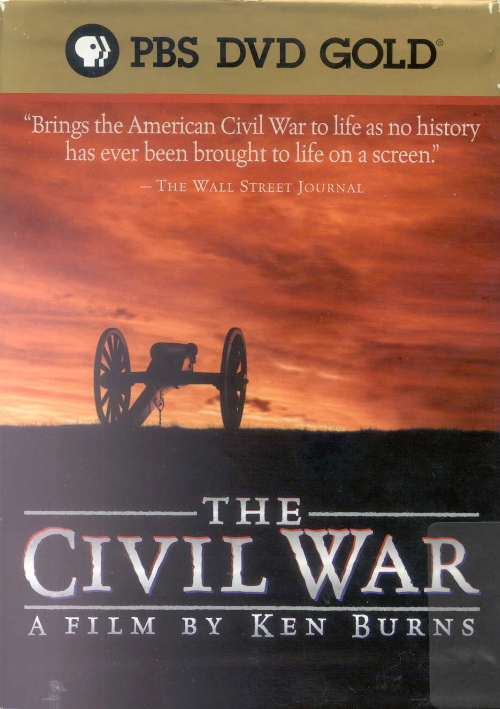
As a prelude to watching Ken Burns' new film about WWII, The War,
I decided to have another look at his film about the Civil War.
This isn't really a documentary, or a work of history — it's a poem,
made up of very beautiful words, both newly written and derived from
historical sources, of images and of music. It's in fact an
example of a new art form — a new extension of what a movie can be,
but so organic and effective that you wonder why no one ever tried it
before.
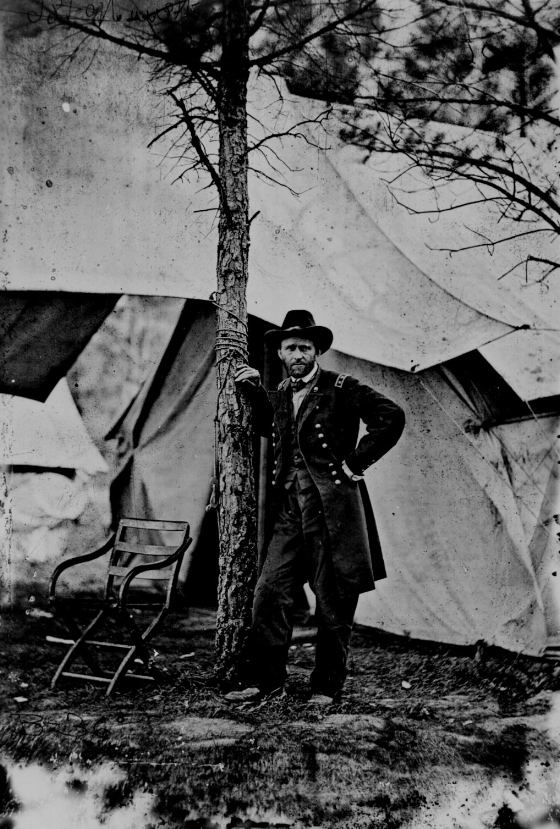
One of its glories is that it so boldly deviates from the conventional
filmmaking wisdom of its day. It constitutes a contemptuous
defiance of MTV-style cinema. MTV-style cinema is founded on the
proposition that none of its constituent images has any inherent
quality or interest — none of them is worth your serious
attention. But the resulting strategy is to simply bombard you
with vaguely engaging images which pass so quickly that you don't have
time to evaluate them — thus producing the impression that perhaps you
have actually seen something worth seeing. The art of it is the
art of the three-card monte mechanic. You aren't exactly the
audience for this sort of cinema — you're the sucker, the mark.
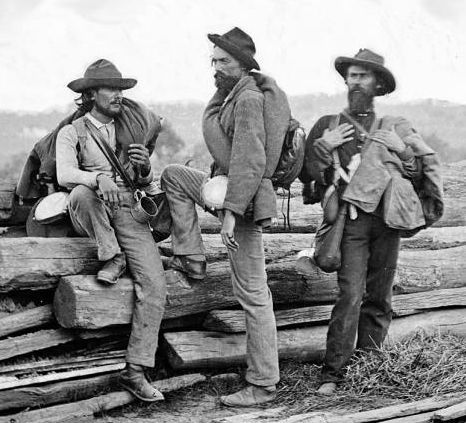
Burns, by contrast, doesn't need to use cinematic techniques to
distract you from the fact this his basic material is shabby and
second-rate — because it isn't. This allows him to step back,
let the material breathe, speak for itself.
His primary technique is extraordinarily simple and extraordinarily
effective. It is simply to marry one image with one
sentence. Sometimes he will vary this rule, cutting to a new
image on a phrase ending, or showing different details of the same
image within the same sentence. Occasionally, for purposes of
emphasis or surprise, he will cut to a new image illustrating a single
word or name in a sentence.
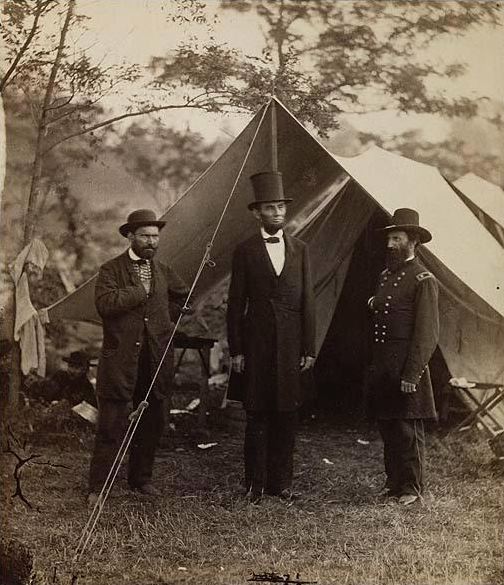
But the primary strategy is generally maintained — one sentence,
one image. Once you get used to this, subliminally, it allows you
to absorb the contrapuntal lines of word and image in a kind of
composure of attention. There
is a third line, of course — the music. But Burns does something
unusual with that as well. He recorded the music first and then
conformed the pace and tone of the spoken quotes and narration to the
music, and adjusted the images accordingly.
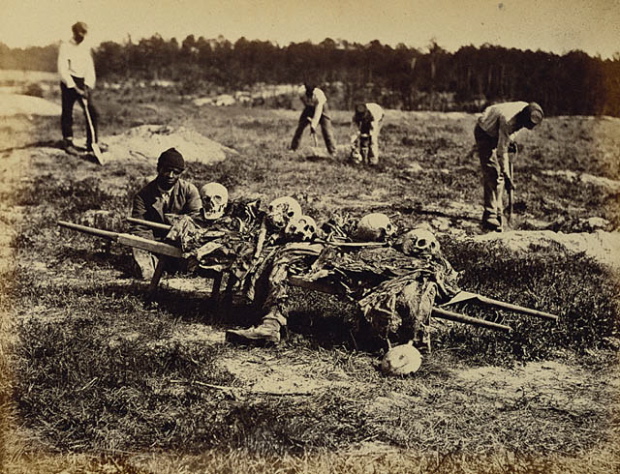
The result is dense and many-layered — each line of Burns' film has a
life and momentum of its own and does not dominate the other lines . .
. but it has the wholeness and integrity and logic of a fugue.
It's a remarkably fine piece of work.
